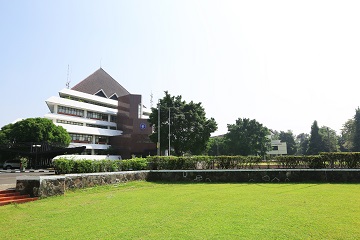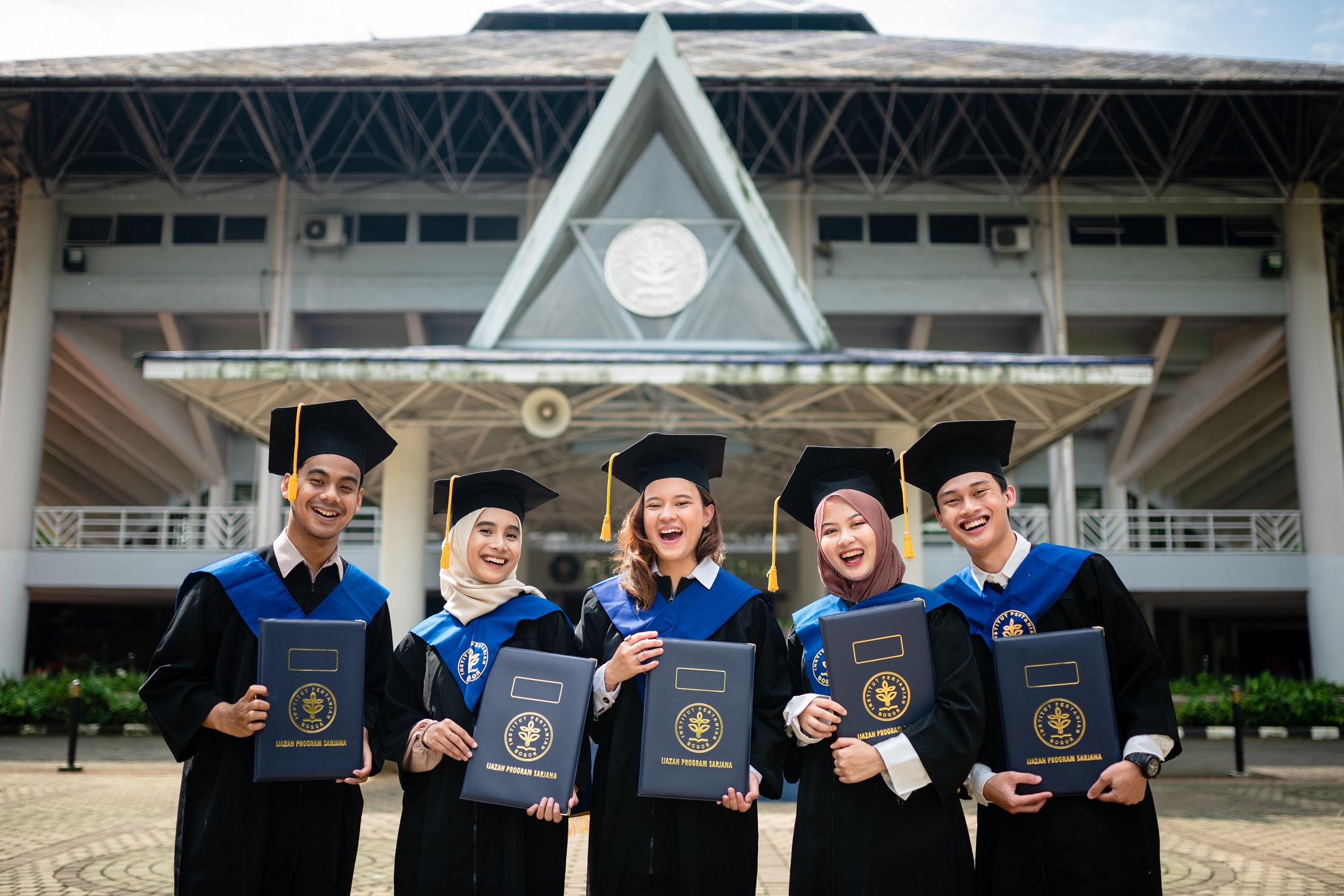Researcher of IPB: East Kalibaru River is in Medium to Heavily Polluted

DKI Jakarta is Indonesia's capital and largest city. Located on an estuary of the Ciliwung River, on the northwestern part of Java, the area has long sustained human settlement. Jakarta crossed by 13 rivers which all flow into Jakarta Bay. The rivers have been a central part of life for many for years, particularly those living in the slums who have grown up alongside them. However, the existing river in DKI Jakarta has generally experienced changes in water quality, one of them is Kalibaru River. The waterways that criss-cross the teeming, overcrowded city of 10 million people along ± 30.2 km is flowing through three cities located in Jakarta, East Jakarta in the upstream, Central Jakarta and North Jakarta downstream. It was common to see adults and children swimming in the filthy water to escape Indonesia's searing tropical heat, and small wooden boats navigating the waterways. Various activities are carried out along the East Kalibaru River both upstream and downstream are classified as intensive, this of course affects the quality of the river.
This phenomenon has attracted the interest of Rahmat Pangestu of the Natural and Environmental Resource Management Study Program of Bogor Agricultural University (IPB), and Etty Riani, and Hefni Effendi, researchers from the Department of Aquatic Resources Management of the Faculty of Fisheries and Marine Science of Bogor Agricultural University (FPIK IPB) to analyse the load capacity of the East Kalibaru river of DKI Jakarta province.
"Land use along the Kalibaru Timur River is dominated by residential areas, services, trade, offices and industries with an average of 90%. Whether we realize it or not, this series of activities have contributed greatly to Kalibaru River pollution. Moreover, few Indonesian cities, including Jakarta, possess even minimal sanitation systems or waste water treatment facilities of the city (sewerage system). Therefore, it is necessary to know exactly how much pollution load pollution load (DTBP) East Kalibaru River this "said Rahmat.
Rahmat explained that all parameters for his research program were calculated using pollution index and classified into four classes based on Government Regulation Number 82 Year 2001. “Management of Water Quality and Control over Water Pollution”. The parameters observed in this research are TSS (Total Suspended Solid), BOD (Biochemichal Oxygen Demand), COD (Chemical Oxygen Demand), as well as Total Coliform.
"The study aims to determine the volume of organic material external loads in the form of dissolved inorganic nutrient concentrations (nitrogen, phosphate and silicate) discharge by the rivers into the Bay of Jakarta. Identification of pollutant sources based on administrative areas and Sub Watershed Management (DAS), or the local drainage into the river body. Spatially traceable sources of pollutants entering the East Kalibaru River are through creeks and open channels and or directly through run-off. Potential sources of pollution load are from household waste and garbage. The contribution of the biggest pollution load comes from household waste which is in grade 3, because the city proper has a very high population density of 14,464 people per square kilometer (37,460/ sq mi), while the metro area has a density of 4,383 people/sq km (11,353/sq mi)." said Rahmat again.
According to Rahmat, the water quality condition of the Kalibaru Timur river varies from medium to severe pollutants. The total pollutant load in East Kalibaru river has exceeded DTBP so decreasing pollutant load is really needed, so the quality of river will meet the class II quality standard.
" These conclusions may provide useful and effective information for watershed water pollution control and management of East Kalibaru River. Understanding the various forms of pollution and how it is created form the first steps in discovering the best way to stop the pollution of Jakarta Bay is really required. The strategy and principles of natural resource management and environment as the foundation for the preparation of policy direction and sustainable management should be implemented. e. The city of Jakarta receives a high load of pollution due to household waste and garbage, so it should be reduced. This research suggests that communal domestic sewage treatment should be prioritized as an urgent need for pollution management in the Bay of Jakarta." he concluded. (Wied)



